Which came first in your strength training experience—the barbell, or the kettlebell?
Kettlebell, barbell, and bodyweight (the third branch within StrongFirst) strength practices have many skills in common, and effective strength training can start with any of them. The StrongFirst principles are consistent throughout every Course and Certification within our School of Strength.
When I started strength training, I didn’t yet realize quite how much I needed it. I had been a bicyclist for many years and had a specific type of strength and fitness, but I was weak in the upper body and I struggled with body composition. When I began attending a kettlebell class for basic skills and strength, it wasn’t long before I caught the bug for strength training. I dedicated a few months to doing the Simple & Sinister program, then attended a series of StrongFirst events including the SFG Certification. (My training for the SFG was described in this article.)
Is there Value in a StrongFirst Certification, if You Aren’t a Trainer?
Many people think the certs are for trainers and instructors, and that is true; but they are very much for solo practitioners also. I would encourage you to invest in yourself! You will absolutely improve your own training and practice, and you never know where it may take you. A few years ago, I had no idea I would be a part-time personal trainer at the gym near my primary job. Now I am confidently training many students in multiple disciplines of strength.
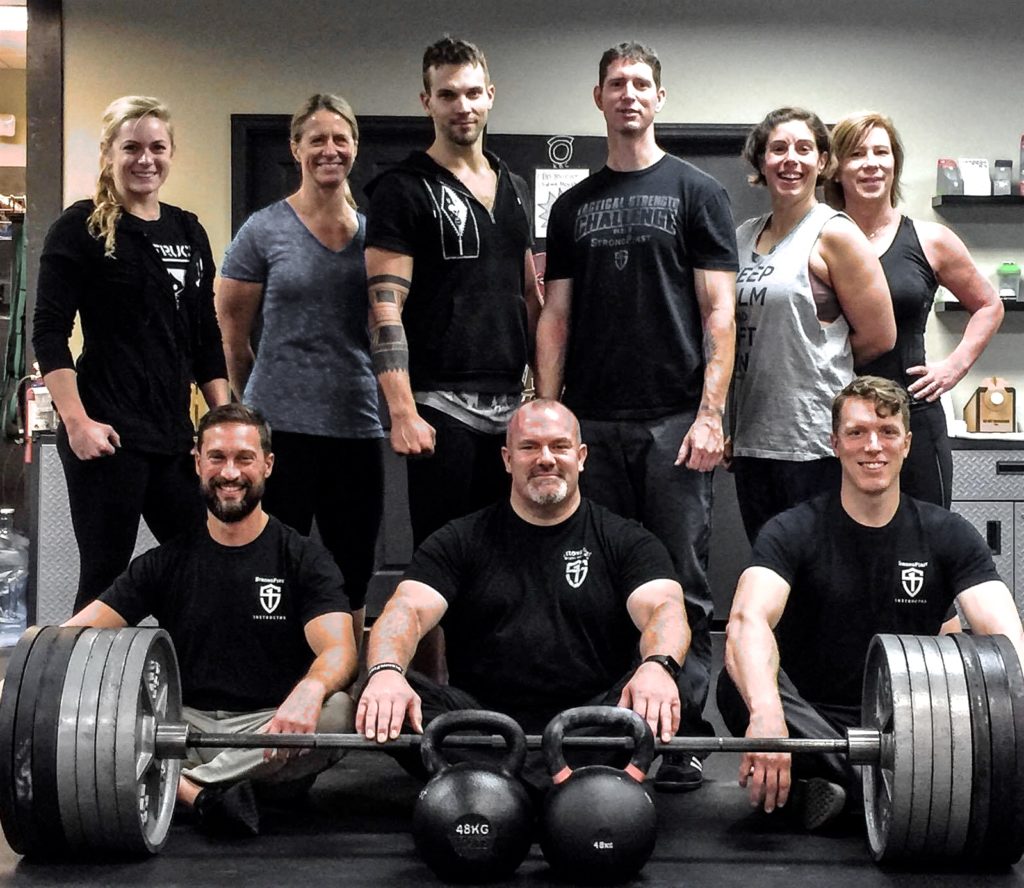
Have You Felt the Draw of the Barbell Yet?
It took me a couple of years to move in that direction. After the SFG, I continued my training; participating in Alactic + Aerobic (A+A) protocols (early Strong Endurance™ programs), attaining the Sinister standard, entering Tactical Strength Challenges, and attending the SFG Level II.
Through all of this, I used the barbell for deadlifting and little else. The kettlebell was my primary tool for strength—I was pretty happy with my “handheld gym” and all I could do with it. As many of us know firsthand, training with kettlebells can build significant strength, movement quality, endurance, and conditioning.
But getting stronger with deadlifts showed me the potential of the barbell to increase my pure strength, and this piqued my interest enough to pursue it further. My next step was attending a StrongFirst Barbell Course taught by StrongFirst Certified Master Instructor Jason Marshall. That was a fantastic 1-day experience! I knew I was then hooked enough to plan on going for the SFL Certification.
Preparing for the SFL
What does it take to get ready for the SFL?
My classmate and StrongFirst Certified Team Leader Brian Wright estimates that it takes about 5 months for an SFG to prepare for the SFL. You have to get strong—quite a bit stronger than SFG standards.
If you’re not an SFG, the time required really depends on your lifting experience. Brian’s advice is to spend some time with the barbell, and a coach if possible; a few weeks learning and practicing at least the three powerlifts (back squat, bench press, and deadlift) plus the military press. Then, perform an assessment: check the SFL requirements page, calculate your specific weight requirements, watch the standards video, and test 1RMs and 5RMs (one rep and five rep maximums) for the required lifts. That will help you plan your timeline for a specific training program. The end goal for this training is to have the strength, skill, stamina, and mobility to pass the requirements and have competency in the testable lifts upon arrival. Building plenty of reserve will enable you to focus on learning the teaching skills, not just on correcting your own faults.
Should You Hire a Coach?
This is really two separate decisions: coaching for your lifting technique and/or coaching for your training program.
I think that everyone should consider hiring a coach for evaluation of technique. An SFL or other experienced coach can get you training safely and effectively, whether in person or online. If it’s just not in your budget, you should at least make use of resources such as the StrongFirst forum and Facebook groups for form checks.
What about your training program? The decision of hiring a coach to program your training has some pros and cons either way. A custom training plan can be an efficient way to get you from where you are to where you need to be. On the other hand, you could find any basic strength-building program that covers the 4 big lifts (squat, press, bench press, and deadlift), and it will get you strong if you do it properly and give yourself enough time.
Following a program and immersing yourself within it teaches some valuable lessons. There are lots of basic barbell training programs to choose from. One is Pavel’s Power to the People! (PTTP or PTP) program, working on two lifts and then rotating to two others and maintaining the first two, and this option is provided in the 1-day StrongFirst Barbell Course manual. Even with an established program, a coach can still be an invaluable resource to help you stay on track, answer questions, and handle setbacks.
Which Event to Attend?
Now that you’re aiming for the SFL, how do you pick a specific location and event? Project your timeline for training, then check the schedule on the website (get the early registration discount!). Investigate the hosting locations and Lead Instructors for the events you have to choose from. I decided on Charleston, SC and it was a wonderful venue; a fabulous city with the event expertly hosted by the Charleston Kettlebell Club. Small details like lunch locations and lodging do make a difference in the overall experience.
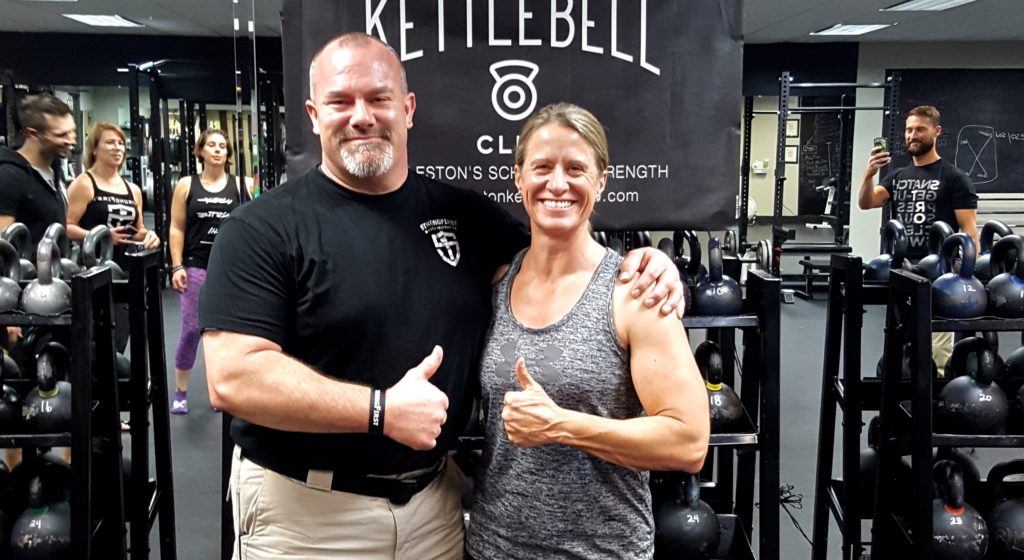
The SFL Experience
Day One
The SFL is structured a lot like the SFG Level II in that after you get checked-in and weighed-in, the strength tests are the first order of business: the bench press and the deadlift. One rep, performed to the standards, at the required weight. (Details about this are available on the requirements site and also described in this excellent article.)
What happens if you fail the strength tests?
Well, I can tell you, I failed the bench press strength test! It’s actually not that unusual, even for SFGs and those who have been barbell training for a long time. This is another reason to prepare thoroughly in your training. I thought I was ready—I had pressed my required weight in training, but I didn’t account for several unexpected challenges: an “as-is” weigh-in and the bar load being rounded up; a relatively brief warm-up prior to testing; a required pause and press command in the test; and a bit of detraining from failing to maintain and peak effectively with this lift.
So that was a tough start, knowing I wouldn’t leave with my Instructor certificate and would have to make up the requirement later. But lifters know how to recover and move on after a failed attempt. So that’s what I did; I passed the deadlift strength test, and then we started into instruction.
Dr. Michael Hartle, StrongFirst Certified Master Instructor, led the Cert. Six months later, I still hear his booming voice every time I open my manual.
The SFL material seems straightforward, perhaps more so than the SFG, but I felt it was more challenging as far as applying the knowledge. The basics of the barbell are fairly simple, and the underlying skills of tension and strength are similar to kettlebell and bodyweight. The big difference is that the loads are higher.
We started with Zercher Squat and the Front Squat. The “SFL clock” is explained in detail, and indicates where the hips and tailbone should go for the various squat forms and other movements. For each lift, we practiced the setup, the walk-out, and then the entire lift with progressive loading: first, just the bar; then, a few sets with a moderate weight; and finally, a few doubles and singles at a heavy weight, all while coaching each other at every progression.
A lesson on programming rounded out the first day. “Plan the work; work the plan”, as Doc is fond of saying. This introductory programming lesson covered the three main schools of lifting, differences in responses to training and training age, waviness, rate of adaptation, assessing goals, and deloading. As Doc says, “If you don’t plan time off, your body will plan it for you. It’s called an injury.” Make sure deload weeks are included in your planning.
Day Two
First up on the second day was the first powerlift—the Back Squat; both high bar and low bar position.
Doc’s extensive powerlifting background comes through in his instruction; twenty years of experience are condensed into our SFL manual and his simple and direct way of imparting the information. As a Doctor of Chiropractic, he also has the medical and anatomical knowledge to explain how the body works with the lift that really illuminates the explanations of techniques and tension. There is a lot to learn with each lift; the manual clarifies the points to focus on and the teaching progression adds the points together to build the skill.
Setup is key for every lift, and we emphasized the setup extensively; not only to start the set, but to make sure the finish of one rep provides a correct start for the next.
Day 2 also contained several more lessons in programming. As Instructors, it’s important that we understand how to program our students’ training in addition to being able to teach them proper lift technique. How much do you really know about programming variables and program design? Experience is the best teacher; a great way to gain experience is to do some established strength-building programs exactly as written. Building on that, the material in the SFL manual provides guidance that can serve a trainer for years to come.
The other lifts for Day 2 were the Good Morning and the Bench Press. If you are like me and started with kettlebells, the bench press might be your most challenging lift, for several reasons. One is that direct pectoral training is usually lacking in kettlebell training. Another is the arched-back position; not maximum arch as seen in competition, but a basic setup for a strong shoulder position on the bench. Unlike kettlebell training where we seek to maintain the “cylinder” to keep the torso in alignment, with the bench press we’re creating and applying tension differently. I discovered that I was deficient in this “arching with tension” ability.
Day Three
Day 3 arrived, and I was stiff and sore, along with my classmates! The mobility sequence provided by our hosts got us going for the final day. The morning was all about the deadlift: sumo and conventional, each reviewed and practiced separately. The most important teaching points on the deadlift have to do with the setup. As Doc says, if you get that right, all you do is stand up with the weight.
The last order of business was the technique testing. Most techniques met the standard, though a few in the group missed the military press technique test. This was sort of a flashback to SFG Level I—you may think you have the press, but do you have the strength required to press on Day 3, fatigued, for 5 solid reps hitting all technique points? It’s a more difficult task than it sounds, and your training should take this into account. I was able to pass these solidly due to an emphasis on overhead pressing in my training.
I’ve only described a small part of what we learned; Doc Hartle shared many nuggets of wisdom, and we got extensive practice on everything we learned. As always, the Certification weekend ends with saying goodbye to great new friends after exchanging contact information to stay in touch.
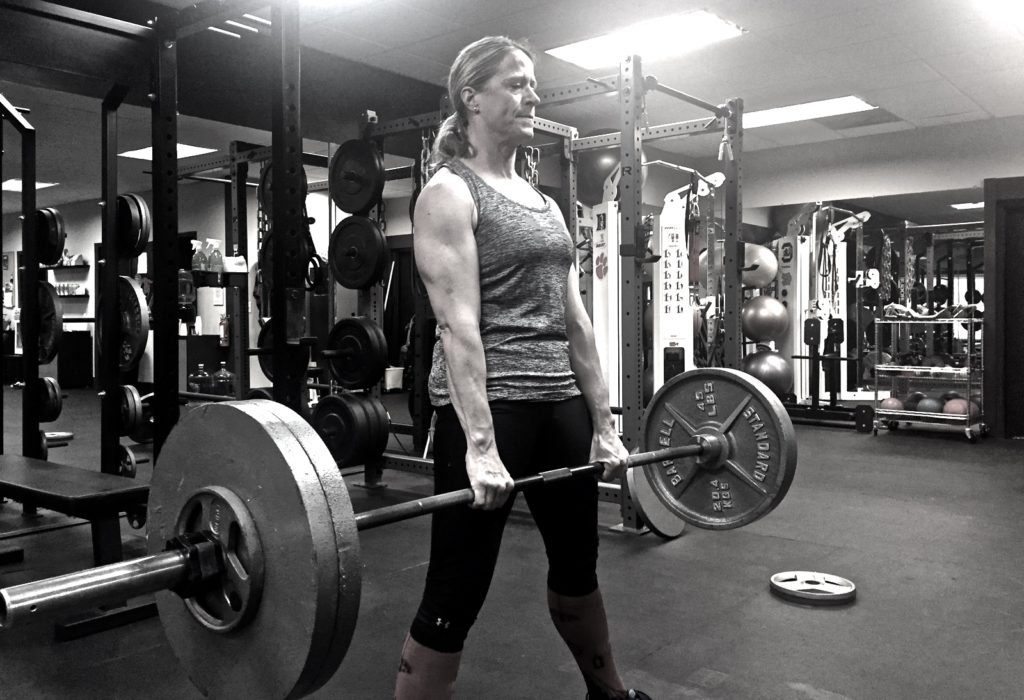
SFL Post Script—Plan Strong™
Having failed the bench press strength test, I still had this requirement to complete back at home in order to earn the Instructor certificate. Plan Strong™ Custom Plan, to the rescue.
The custom 8-week Plan Strong™ plan I had designed for me had me bench pressing three times per week, with the reps and sets in a semi-random pattern of decoupled and varying intensity and volume. The plan is calculated with current 1RM and uses only the weight increments that you will have available as indicated on the plan questionnaire. Each day I warmed up with the bar, then did the prescribed sets and loads as outlined. I usually practiced one other barbell or kettlebell lift afterwards in the training session, but always kept the bench press as the priority. I had no trouble executing the plan. It never left me worn-out or sore, and it gave me plenty of practice at different weights.
Every session I focused on the various technique points that I had learned. I found that they all are interrelated and complex; just like the squat, the swing, the snatch, and the get-up. Practice is essential. I started to become more competent in putting it all together; building the skill of strength in addition to building the muscles used in the movement. The biggest change I noticed as I went through the weeks of training the bench press was the ability of my back muscles to contract, creating an arch. As I mentioned earlier, there is not really a kettlebell equivalent to bench press, so I was building something new. I noticed a change to my posture and how my ribcage seemed to fit in my body.
At the end of the 8-week plan, I came to test day and bench pressed my required 130 pounds. Unfortunately, it was no good! It was not up to standards due to a technical error: bridging off the bench. Sometimes new form errors occur with a maximal attempt, and this is a sign of inadequate strength. I wasn’t there yet. Fabio Zonin, StrongFirst Certified Master Instructor and Former CEO of StrongFirst, assured me that he would get me to the goal, and designed a new plan based on a new 1RM. This plan was similar but a bit more challenging and included some heavy singles. At the completion of this second plan, I successfully pressed the 130lb bench press to all the standards. My SFL Instructor Certification was complete.
The Benefit of Needing More Work
As most people who have been through this “post-script” to Certification weekends will tell you, the extra work can be a great additional learning experience. I now have much more confidence with the bench press. I also have significantly more strength and muscle development and a good basis to go further with this lift in addition to all of the others.
In conclusion, the pursuit of the SFL is, like any other StrongFirst Certification, a great journey—the preparation and training, the weekend with all the learning, lifting, and networking, the follow-up training (if necessary), and the knowledge and practice that you have with you forever afterwards. I hope that this description of my SFL experience has given you some inspiration to pursue it for yourself! I am so glad I took this turn, as it has opened up many new possibilities and brought me the barbell as a powerful tool in the pursuit of strength for myself and my students.
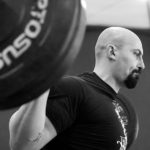
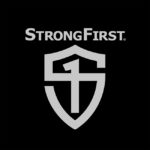
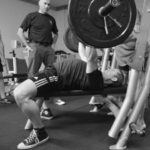
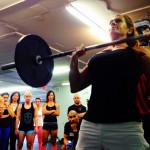

Very well written and inspirational article.
Carl in Dover
Strength through persistence, you’re an inspiration to all. Great job Anna!
Bret S.
Thanks, Bret! I’m enjoying your contributions on the forum. Maybe an article is in your future.
Thank you for such a detailed and informative article. I always look forward to your posts on the forum.
Coming from a very inspirational one, yourself! Thank you, and likewise, Lori.
Nice write up Anna…
Thank you, offwidth!
Still one of the best certs I have ever done. Just the info I learnt on the deadlift alone was worth it for me. I went back to coaching with so much more confidence and so many questions answered.
Yes I agree, it definitely increases confidence, which is crucial to success with the barbell for both yourself and your students.
What a great read! I have future plans for the SFL (just became SFG last month so will need some time), but learning about what goes on at the cert was helpful. I admire your positivity and determination during the process – well done and thank you for sharing your experience!
I’m glad it was helpful, Bron. Good luck, and glad to hear you plan on doing the SFL.
Really great stuff, Anna!!!
I’m looking forward to discovering where your barbell journey takes you.
Thanks, Al! You started me on my strength training journey and have always steered me right. I am forever grateful for both.
Thank for for a great article Anna! I appreciate your details provided here. I also salute your service and dedication to teaching!
Thank you, Mike.
Well done Anna.
Thanks, Carl.
Excellent! Thank you, Anna.
-S-
Thank you, Steve! Looking forward to the next learning opportunity in… 3 days!!! See you at Strong Endurance, Chicago 🙂
Great article, Anna. May it convince more candidates to go to the SFL and add barbells to their toolbox!
Yes, I hope so! Thank you.
Well done Anna and thank you for such a thorough and personal recap!
Very well written
Thank you again
Thanks, Matt! Looking forward to more of your articles.
Great article @Anna C!
Thanks for reading and commenting, Shawn! See you in the Training Logs 🙂
What a great report, thank you Anna. #SFLrocks!
Thank you, Pavel M! You are a great SFL advocate yourself.